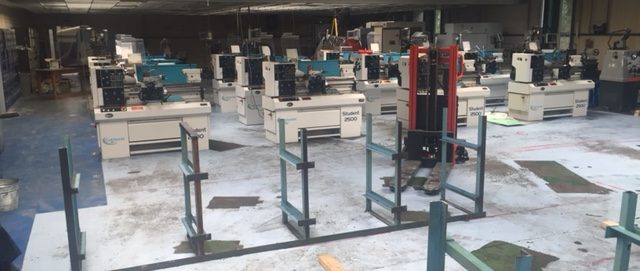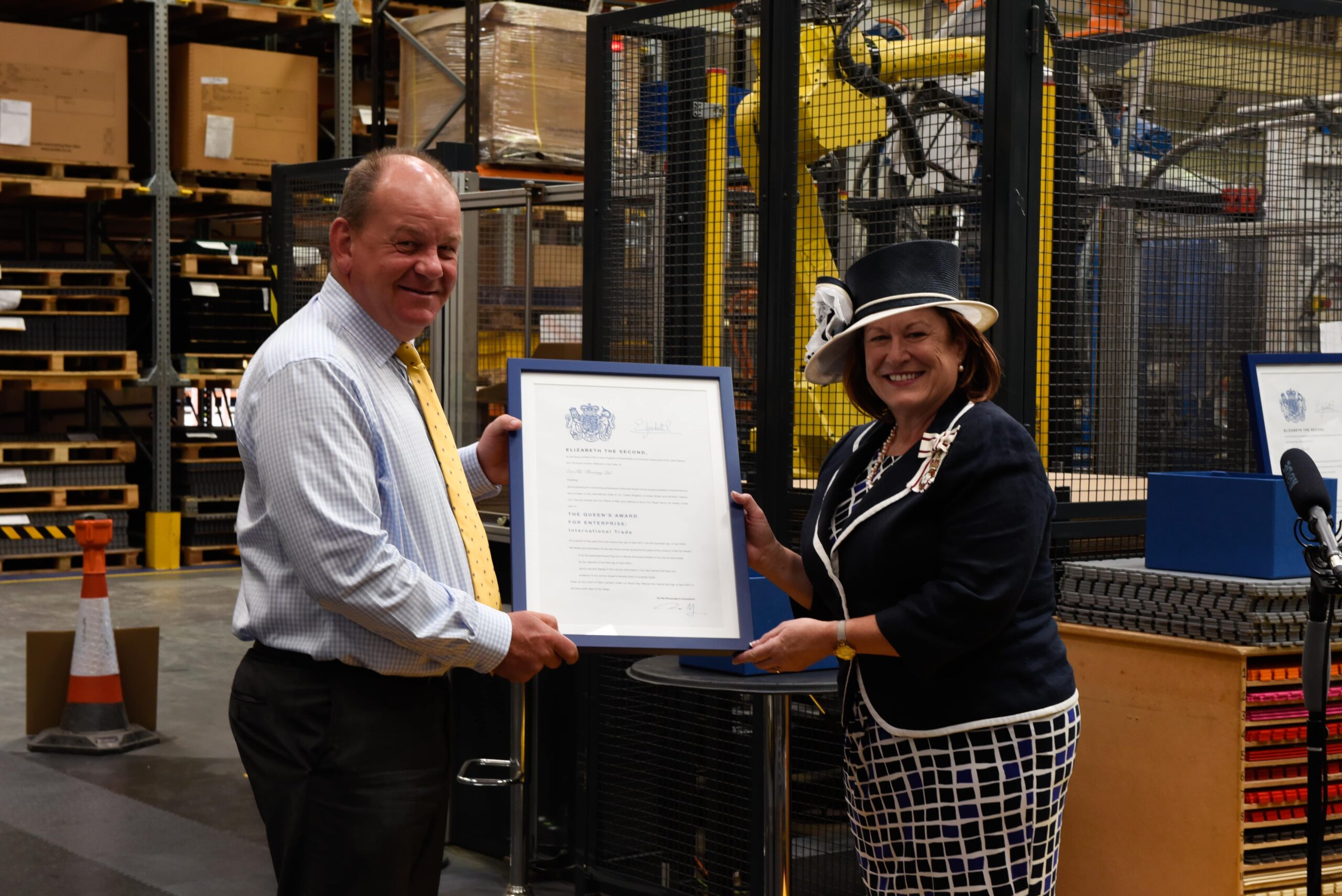
Damp and moisture rising through concrete floors, screeds and substrates can be a significant problem for any development. It is often the cause of damage to carpets and floor coverings such as resin, wooden floors and sheet vinyl. In many cases damp-proof membranes are required before installing a new floor on top of concrete. Let’s take a look at some of the common problems with Moisture:
Why does it happen?
Most things natural are built on balance and equilibrium. A hot cup of tea transfers heat into the room (via steam) until they are both at the exact same temperature. In chemistry, high concentrations of a chemical move towards areas with a lower concentration. This is the same reason our breathe comes out as steam on a cold day. This movement of vapour is known as diffusion. The exact same principles apply to a concrete floor. If the humidity or amount of moisture in the concrete slab is different to the humidity in the air above the concrete slab, the moisture will try to rise through the surface.
Why Is It A Problem?
The concrete itself can withstand the diffusion of moisture fairly well. However, water vapour rising through the floor can make rooms humid, wet and can even promote mold growth. These issues occur over a long period of time, but the majority of problems occur when we put objects or floor coverings on top of damp concrete. Traditional floor coverings don’t do such a great job at withstanding moisture.
What Problems Can It Create?
Sealers, Overlay & Adhesion Failure
The chemicals we use to seal and finish concrete floors can be damaged pretty easily by moisture, and these are expensive problems to fix. Most coatings and sealers have a critical moisture point; the maximum amount of moisture a given coating can tolerate before it starts to break down and delaminate. Black marks and patches start to form on stained concrete, and the bond strength of screeds and adhesive can quickly fall leaving you with an unfixed floor covering. The chemical breakdown process often leads to the emission of harmful substances which can be pretty toxic and expensive to clear up!
Solid Wood Degradation
Wood is one of the worst floor coverings to lay over a damp area. Floorboards don’t react well to moisture and often expand, rot and start to degrade. This will most definitely lead to mold and warped floorboards, which is certainly not cheap to repair.
How can Ecotile help with moisture/damp concrete?
One of the main benefits of the Ecotile system is that it can be laid on damp and contaminated substrates. Since Ecotile can be installed over any surface without screeds or adhesives, there is no need for any chemicals to be used on top of the concrete that will prevent the surface from drying. The structured design on the back of the tile is designed so that the existing substrate can breathe. Moisture that rises through the concrete will be evaporated through the joint in the tile as the temperature above the tile is almost certain to be higher than that under the tiles. If moisture does sit under the tile, it will not start to smell. This is because the chemicals in PVC act as a natural biocide that prevents the growth of bacteria.

CEO and founder James Gedye has established Ecotile as the leading provider of interlocking floor tiles to the UK and around the world. Founded in 1996 from his bedroom turned office, James has built Ecotile into a multi-million-pound business, with sustainability still at the heart of his vision.
Based in Luton, Bedfordshire, Ecotile remains a privately owned UK manufacturing company, precision engineering all products in a purpose-built ISO accredited factory.
Leading the company to 2 prestigious Queens Awards in 2017 for Enterprise for Innovation and International Trade, these accolades underline James’ desire to create the highest quality products and fly the flag for British manufacturing. Working directly with leading businesses for over 25 years, James’ Ecotile brand has become synonymous with trust.
Used by 1000s of leading businesses, trusted by the MoD and specified by contractors, Ecotile floor tiles can be found across the world.
Connect or follow James on LinkedIn…

